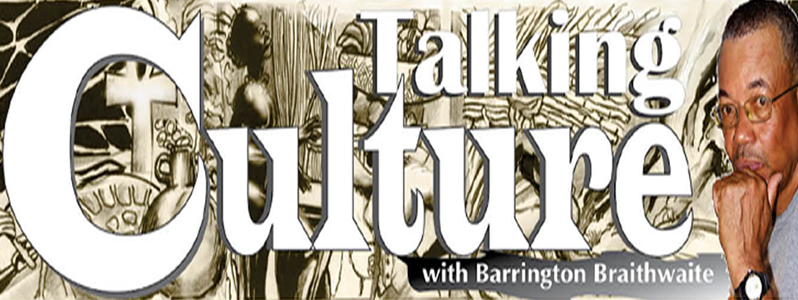RECENTLY, I met a brother from the exciting old days of advertising agencies at OMG. We’re all mature guys now. With the conversation, I learned that one of Guyana’s top advertising agencies had finally folded. He was now at the foremost beverage company. It’s rough in any creative field today, but the nostalgia of those times revolves around employment, competition and the challenge of new ideas.
I came into advertising through a graphic artist contract at the GNNL. However, I was forced to register my company first as a sole trader to be able to submit my clients and receive a commission for the GT&T Directory. A kind of takeover of that process was in motion between the young lady sitting at that desk and a small printer man I knew, who had suddenly become a salesman of advertising space other than his work at his family-owned printery in Albouystown. Together, they were booting out any person who couldn’t fit a criteria they had concocted that demanded a business registration.
So, I registered my business as a sole trader, and forced my way in. The main advertising agencies at that point were GuyEnterprise, Design and Graphics (State-owned), Image, and Creative Advertising & Managing Services among others. I crept in among these obviously wealthy and functional establishments and realised that they had a common method towards ‘ad’ preparations that was neat, creative, and served the purpose, but one that I could infiltrate.
Most ‘ad’ art back then was impressive Clip Art extracted from U.S Graphic companies that they subscribed to, like Design & Graphics/Print Media Service. The only way that I could survive was to do something different. I got that chance when Stabroek News started. The then manager, Mrs DeCaires, encouraged me, saying, “If you bring ‘ads’, I will pay you your commission. Eventually, your service will be recognised”. With effort, I fulfilled that condition, having a legitimate business name.
I also developed an illustrated literature base of comic book strips, which was first executed in the Chronicle Newspapers. Then, they became books, independent of other books that were developed, to which I sold ‘ads’ through advertising agencies, and from a direct approach to some familiar businesses to help pay for the self-publishing printing costs. Most ‘ads’ were paste-ups on Bristol board. With the advent of computers, small agents like myself without the funds to upgrade their operations had a tough fight, but we rented service from computer owners with relevant software and survived.
These agencies interacted with local small publishers and other initiatives that came to their door, seeking support from agency clients. Bernard Ramsey, of Creative Advertising, also designed impressive ‘Mash’ floats and costumes, and so did John Fernandes, who had his own agency.
Other new creative talents emerged and held their ground, thus encouraging a wider creative hive. One of the new talents on the block then was the costume designer that executed the Mash float, ‘Birds of Guyana’. This designer was female (I never met her), and emerged in what I can only sadly interpret as a phasing out of that active, progressive, creative period. Advertising agencies were regarded as agents whom a local citizen with a tangible idea could approach and receive an evaluation of whether support can be attracted from this or that business project – whether on a local creative project- and whose subject matter can benefit the products of a business entity, and most likely receive support, in any area of our social realms.
The majority of those institutions are now gone, and have not been replaced by any entity that can be seen within the same engagement trust. Not to say that, as always, a viable ‘Memorandum of Understanding’ in tangible document form was not necessary. The MOU is necessary because Advertising Agencies, like all human institutions, were not administrated by saints. And at times, there were problems.
I entered the competition to be an advertising provider, using artwork that I created, complemented by photographs. But the ‘Art’ prevailed, and worked to help me meet my basic demands, then.
The question today is how do we become originals unto ourselves to inspire this current generation to understand the importance of originality that sustained many merely two generations ago. The fact is that many of the local businesses are gone, and this is not a cultural practice from which the legion of the sudden business newbies originates.




.jpg)









